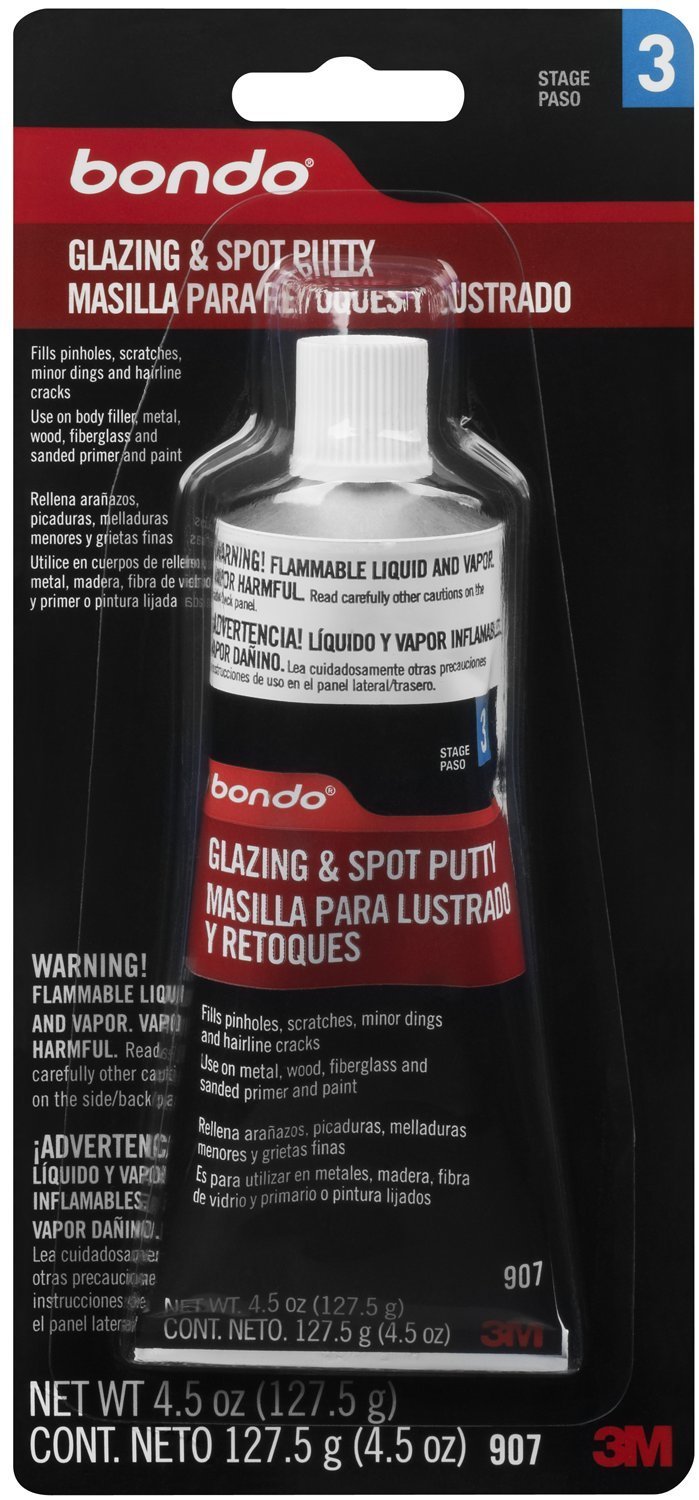I am having problems with my opaque finishes. The joints between hardwood edge and mdf panels telegraph. I build and finish all my work, so obviously it is my error, hoping for insight. I do my glue up with tite bond, wait 48 hrs before lip planing, and then sand 180g with air orb sander until smooth by eye and left index finger.
Then I spray(1 or 2 coats) ml campbell magnaclaw with aaa ca tech bobcat, scuff sand at 220 by hand, until smooth by eye and finger. After the first coat of pigmented magnamax top coat, I can see areas of telegraphing at the wood/mdf joint.
The resulting defect is so minor that attempts to fill them prove futile. Even after sanding, the blemish refuses to load with bondo, spackle or wood filler. Please tell me that I overlooked a simple step. And yes, moisture content of wood is good, mdf is acclimated after deliver for a week or two.
From contributor Ke
i would suggest a better primer.
i switched to sherwin williams kemvar primer/surfacer years ago and have never looked back.
From contributor Ke
lacquers love to shrink. they are low solids. even if you had that panel looking great right after you sprayed it, i would bet that 3-5 days later that seem would telegraph anyway.
From contributor CW
better primer will solve this.
From contributor JT
Hi Michael,
I would suggest switching to a 2K polyurethane White primer. You don't have to worry about exceeding film build and telegraphing will be a non issue. Check out www.milesi.us.
JT
From contributor Le
Try MLC Level Primer. It designed to go as thick as 10 mil dry film
From contributor To
I've had good results using a plywood prep router bit . It yields extremely tight joints between the hardwood and mdf
From contributor Pa
Michael - when I switched from a pre-catalyzed primer to a post catalyzed primer the difference was like night and day. The post catalyzed primer dries faster, builds faster, and sands a lot easier than the pre-cat.
If your supplier is ML Campbell, try their Clawock and Level Primers - both are post catalyzed products and are very good.
In cases where you do need to fill minor defects, use a product like Bondo Glazing and Spot Putty. It works well to fill pin holes, hairline cracks, and sanding scratches.
From contributor Mi
Thank you for all your responses. I'll try upping my game with better primer on my next opaque job. I didn't know of the glazing and spot putty. I will surely add this to my supply list.
From contributor Da
We used to have the same issues, now when two different types of material come together we use a lock miter , if possible. Things like outside corners are flawless now .